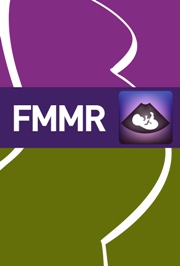Crossref Citations
This article has been cited by the following publications. This list is generated based on data provided by Crossref.
Malinowski, A. Kinga
and
Abdul-Kadir, Rezan
2023.
Planning Pregnancy and Birth in Women with Inherited Bleeding Disorders.
Seminars in Thrombosis and Hemostasis,
Vol. 49,
Issue. 04,
p.
371.


